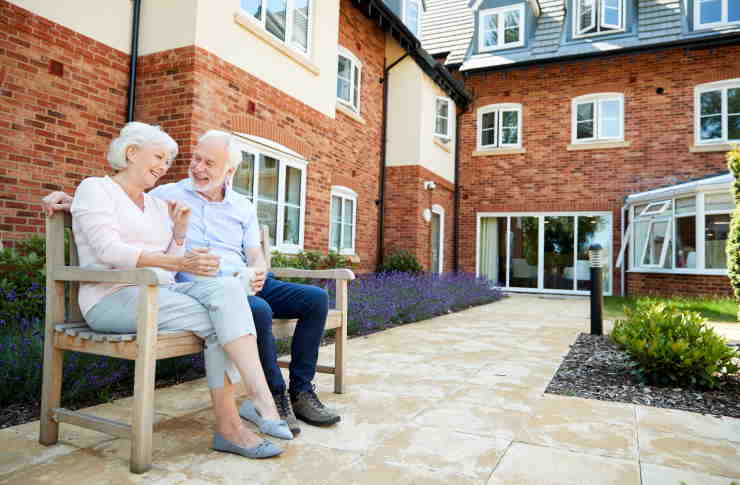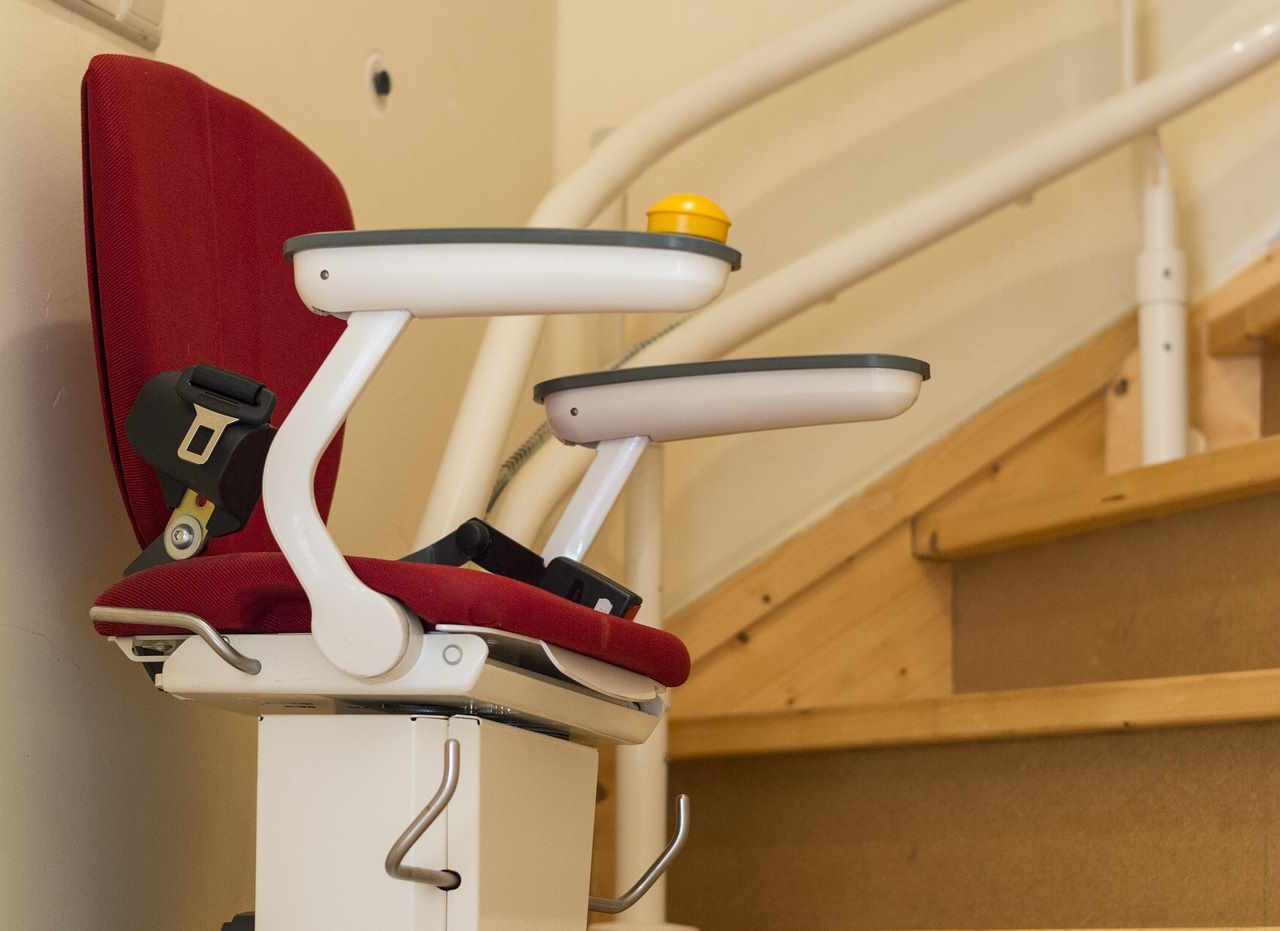Exploring the Benefits of Backyard Apartments For Seniors
As the aging population continues to grow, housing solutions that accommodate seniors' changing needs have become increasingly important. Backyard apartments—sometimes called accessory dwelling units (ADUs), granny flats, or in-law suites—offer innovative living arrangements for older adults. These small, self-contained residential units are built on the same property as an existing single-family home, providing a balance of independence and family connection that many seniors find appealing.

Enhanced Privacy and Independence for Aging Adults
Seniors often reach a stage where they value independence but may require occasional support. Backyard apartments address this need by providing a separate living space with all essential amenities—typically including a bedroom, bathroom, kitchen, and living area. This arrangement allows older adults to maintain their daily routines and decision-making autonomy while living close to family members who can provide assistance when needed.
The physical separation between the main house and the backyard apartment creates natural boundaries, allowing seniors to host friends, pursue hobbies, or simply enjoy quiet time without disruption. Many modern designs incorporate senior-friendly features such as zero-step entrances, wider doorways for potential mobility aids, and bathroom grab bars that enhance safety without sacrificing aesthetics or independence.
Cost-Effective Living Solution Compared to Traditional Options
From a financial perspective, backyard apartments present significant advantages over traditional senior living facilities. For families who already own property, constructing an ADU typically costs between $100,000 and $200,000, depending on size, location, and amenities. While this represents a substantial initial investment, it compares favorably to the long-term expense of assisted living facilities, which can exceed $4,000 monthly in many regions.
For seniors on fixed incomes, backyard apartments eliminate recurring rent or mortgage payments. Utility costs are also typically lower due to the compact, efficient design of these units. In multi-generational households, the economic benefits extend further—grandparents living in backyard apartments often contribute through childcare assistance, reducing daycare expenses for the family.
| Housing Option | Approximate Initial Cost | Monthly Ongoing Costs | Additional Considerations |
|---|---|---|---|
| Backyard Apartment/ADU | $100,000-$200,000 construction | $100-300 utilities | Property value increase of 20-30% |
| Assisted Living Facility | $1,000-5,000 move-in fee | $3,000-7,000 monthly | No property ownership/equity |
| Nursing Home | $0-3,000 move-in fee | $7,000-10,000+ monthly | Medical care included |
| Aging in Primary Home | $10,000-50,000 for modifications | Existing mortgage/taxes | May require in-home care ($20-30/hr) |
Prices, rates, or cost estimates mentioned in this article are based on the latest available information but may change over time. Independent research is advised before making financial decisions.
Proximity to Family and Support Networks
One of the most compelling aspects of backyard apartments for seniors is the balance they strike between proximity and privacy. Living on the same property as family members creates opportunities for regular interaction, shared meals, and spontaneous visits—all without the formality of scheduling or traveling. This arrangement helps combat social isolation, a significant risk factor for both physical and mental health issues among older adults.
For aging parents with adult children, the arrangement facilitates natural caregiving opportunities without the intensity of living under the same roof. Grandparents can participate in grandchildren’s lives, passing down traditions and building meaningful relationships. In emergencies, family members can respond quickly—a crucial consideration for seniors with health concerns or mobility limitations.
The proximity also enables gradual transitions in caregiving. Initially, seniors might live completely independently in their backyard apartment, with family interactions primarily social. As needs change, family members can increase support incrementally, potentially delaying or eliminating the need for professional in-home care or institutional living arrangements.
Environmentally Friendly Living for Conscious Seniors
The compact nature of backyard apartments inherently supports environmental sustainability. These small-footprint dwellings typically consume fewer resources during construction and require less energy for heating, cooling, and maintenance than larger homes. Many modern ADUs incorporate green building practices, including energy-efficient appliances, superior insulation, and sustainable materials.
For environmentally conscious seniors, backyard apartments offer opportunities to minimize their ecological impact while maintaining comfortable living conditions. Some designs include rainwater harvesting systems, solar panels, or passive solar features that reduce utility costs while supporting sustainability goals. The reduced square footage naturally encourages mindful consumption and decreased waste production.
By utilizing existing developed land rather than expanding into new areas, backyard apartments represent a form of infill development that helps combat urban sprawl. This approach preserves open spaces and natural habitats while allowing seniors to remain in established communities with existing infrastructure and services.
Considerations for Implementation and Design
While backyard apartments offer numerous benefits, successful implementation requires careful planning. Local zoning regulations and building codes vary significantly by location, with some municipalities actively encouraging ADUs while others impose substantial restrictions. Before proceeding with construction plans, families should thoroughly research local requirements regarding minimum lot size, setbacks, height limitations, and permitting processes.
Design considerations should prioritize aging-in-place features that accommodate changing physical needs over time. Single-level floor plans eliminate dangerous stairs, while thoughtful bathroom designs incorporate accessibility features that blend seamlessly with contemporary aesthetics. Proper lighting, slip-resistant flooring, and user-friendly hardware contribute to a safer living environment without an institutional feel.
The psychological aspects of transitioning to a smaller space also warrant consideration. Moving from a larger family home to a backyard apartment typically requires downsizing possessions accumulated over decades. This process can be emotionally challenging but also liberating, prompting thoughtful decisions about which items truly enhance quality of life.
Conclusion
Backyard apartments represent a versatile housing solution that addresses multiple needs of aging adults—providing independence, proximity to support networks, financial efficiency, and environmental sustainability. As housing preferences evolve and multigenerational living arrangements gain popularity, these accessory dwelling units offer a practical approach to accommodating seniors within family systems while respecting their autonomy and dignity.




